As a children’s librarian, a primary goal for me is to help children embrace imagination through books, from imagining we are superheroes to going on a hunt to find a bear, flying in the sky, exploring a new land, to diving deep in the ocean. For some time however, including nonfiction titles in my programs has been a top request from parents and educators. This encourages me to include them even more than I already do. My article this month begins a three-part series on how to use nonfiction books in storytime. For this article, I focus on how to prepare your program to include nonfiction books. In addition, I offer you a selection of books to consider using.

Connecting the dots with nonfiction
After nearly 15 years developing storytime programs, I realize that the plan I design for the program will not always be the program that children and families experience. On paper, I have control of the books, songs, activities, and transitions I include. However, the audience of children who attend the program also helps guide the program, and many times helps to shift the program in a new direction. They do this by the questions they ask or the observations they see. Including nonfiction books in your program will help you to connect with children further. How do you do this? Follow these steps:
- Listen to the questions and observations from the children who attend your program. This will help guide you in selecting nonfiction titles.
- Generate a conversation when reading picture books by asking questions such as: “how many of you have seen?” or “how many of you have been to?” or “have you heard about?” or “have you ever wondered about?” and “has a grownup every read to you about?”
- Have a moment after the program to discover what children are interested in learning. This depends on the age of the children in attendance and input from parents is a part of the mix. Knowing this information will help you in your selection process.
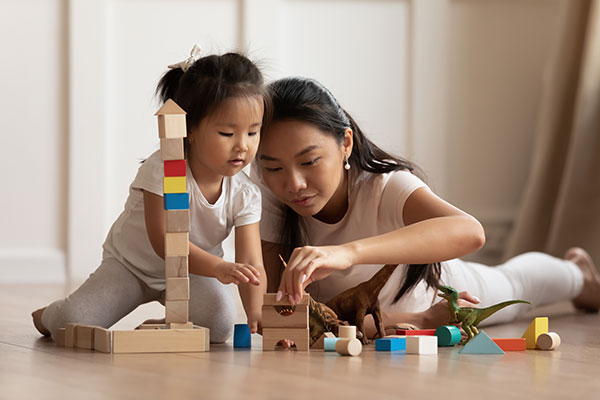
Using nonfiction books in your program
So how do you use nonfiction in storytime? In my experience, there are two approaches.
Approach #1: Connect with the theme of the program. Adding a theme to storytime is a great approach when you are new to planning or need to develop something quickly. For example, if the theme is boats you would locate nonfiction books about boats or ships or ship expeditions. As you develop your skills, feel free to include nonfiction titles that do not relate to the theme.
Approach #2: This allows for more freedom and flexibility. It is the approach I use most often: the selection of titles is not based on a specific theme. Instead, you are introducing recommended nonfiction titles to children and families. You can start off the program with songs, transition to an activity, and then begin reading a nonfiction story. Toward the end of the session, ask the questions discussed in Connecting the Dots. In particular, I like to ask children “how many of you would like to learn more about…?”
How do you read nonfiction books in storytime?
Take into consideration the age of the audience, the length of your program, the attention span of the children during the program, and books of interest. When I read a nonfiction book, it is not text heavy, the pictures are big, and the text encourages audience participation. As always, remember the importance of pictures and use them to tell relate what the children are seeing, perhaps connecting to a story they might have heard. If I include a nonfiction book with heavy text, I focus on the pictures, captions, and quick facts. Previewing the book prior to the program is also important so you are prepared to share the facts efficiently.
For now, I leave you with this information and will focus on nonfiction selection in my next article.

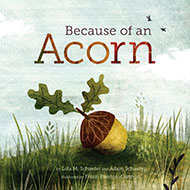
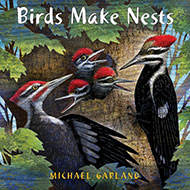
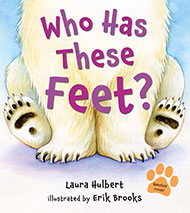
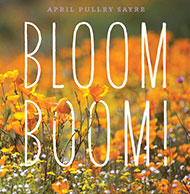
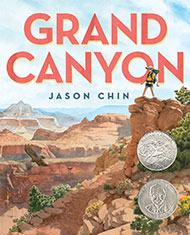
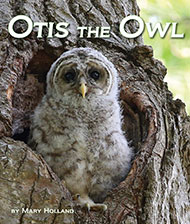
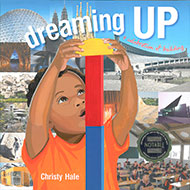
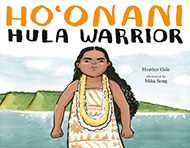
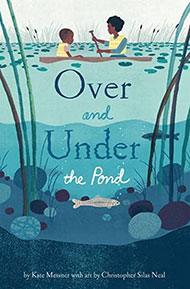
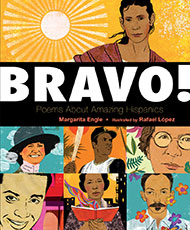
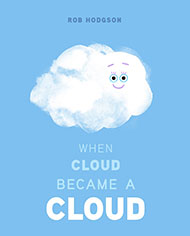
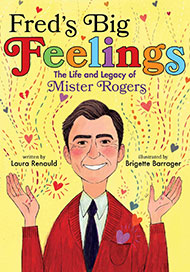


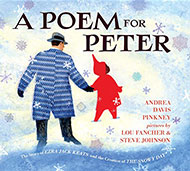
I love seeing the books you recommend. There’s a lot of variety here.